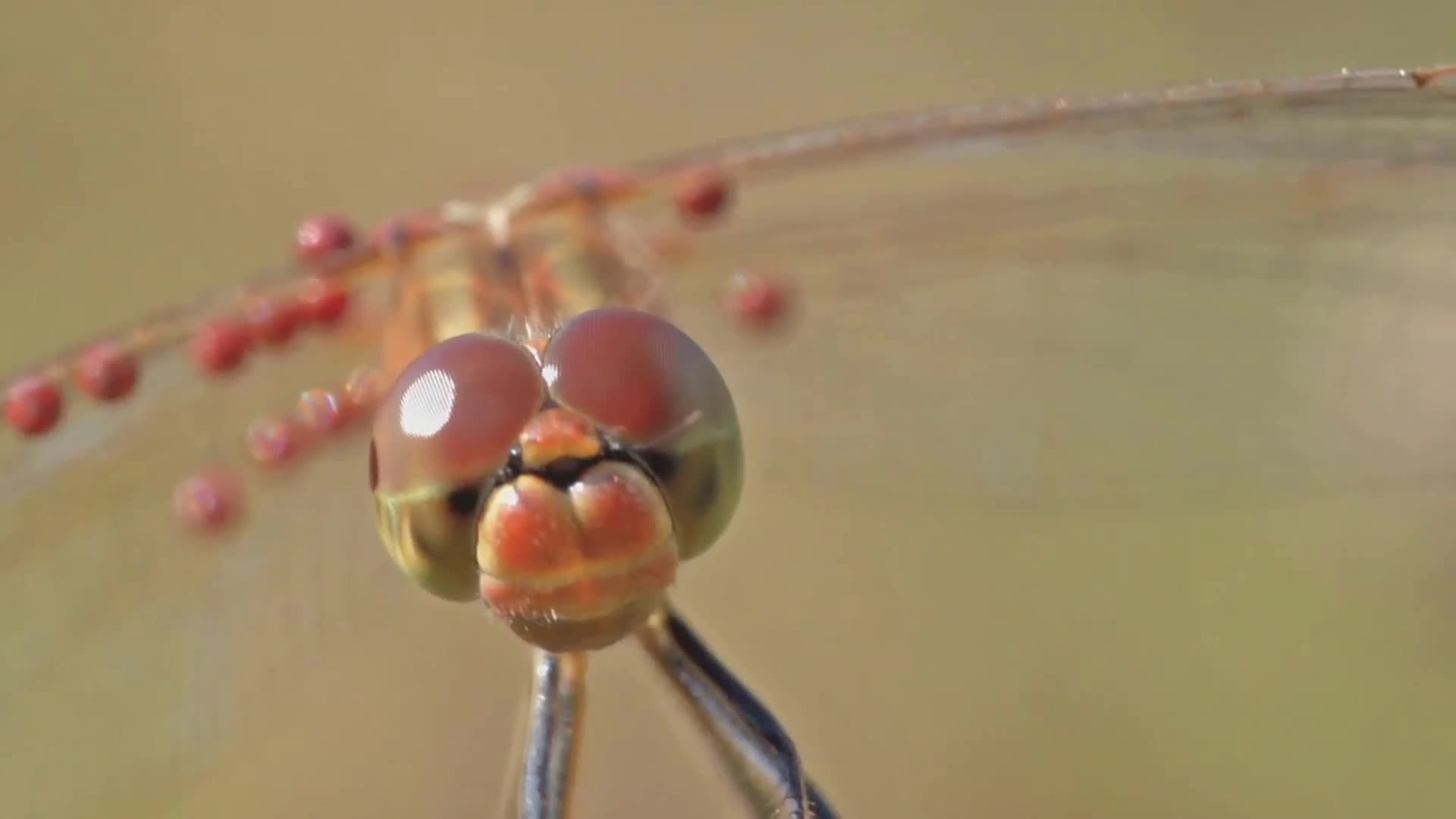5 Dragonfly Facts You Won’t Believe!

Dragonflies: they may seem like just another ordinary bug to you, but these fascinating creatures are nature’s winged warriors, zipping through the air like aces of the insect world. Strap in, fact hunters, as we delve into five unbelievable dragonfly facts that are both astounding and packed with benefits for our ecosystem.
The Swift-Flying Masters of the Sky
Dragonflies aren’t just pretty to look at; they’re incredible aviators too. Would you believe that these mini speed machines can soar through the air at speeds up to 30 mph? That’s right—faster than most humans can sprint! Their speed grants them the advantage of catching prey and evading predators with remarkable agility.

Quick Facts About Dragonfly Flight:
Maximum Speed: 35 mph
Flight Capability: Can fly backward, hover, and even loop
Efficiency: Uses their four wings independently for swift turns and agility
Their flight mechanics are so inspiring that engineers and scientists study them to improve our own flying machines and drones. How’s that for a bug?
Ancient Beings of the Insect World
Dragonflies are ancient, almost living fossils meandering through time. They have existed on Earth for over 300 million years—yes, even before the mighty dinosaurs roamed the planet. Their survival is a testament to their incredible adaptability and resilience.
“Dragonflies remind us of the skies of ancient times and hold the essence of perseverance through the ages.”
Here’s a mind-boggling perspective: while humanity has constantly adapted technologies to suit our needs, dragonflies achieved perfection millions of years ago. They are, without exaggeration, nature’s time travelers.

Dragonflies Through History:
Prehistoric Giants: Ancestors of today’s dragonflies boasted wingspans up to 30 inches.
Changes: Despite their ancient origins, dragonflies have remained mostly unchanged, bearing witness to Earth’s evolution.
Chemical Communication: They’ve developed chemical means to communicate and adapt over centuries.
Dragonflies: The Hunters of the Sky
Imagine the precision of a highly trained hunter, now compact that skill into an insect. Dragonflies catch more than 95% of the prey they chase. That’s a hunting success rate that makes the top predators of the animal kingdom look like amateurs!

How Dragonflies Hunt:
Vision: Equipped with nearly 360-degree vision from their compound eyes featuring around 30,000 lenses.
Prey Detection: Spotting movements over 40 feet away!
Attack Strategy: Utilize speed, stealth, and expert maneuvering to secure a meal.
This high precision in hunting helps control the population of pesky insects, ensuring a balanced ecosystem. They’re nature’s own pest control service.
The Stunning Vision of Dragonflies
The first thing that might capture your attention about a dragonfly is their enormous eyes. It’s like looking through a kaleidoscope of the natural world. These stunning compound structures allow them to see almost all around them, ensuring no threat goes unnoticed.

Dragonfly Eye Functionality:
Complexity: Approximately 30,000 individual lenses in each eye
Color Spectrum: Can see ultraviolet light, which is invisible to humans
Focus: Can adjust quickly to spot both distant prey and nearby predators
Their amazing eyes aren’t just for show; they’re crucial for their day-to-day survival. A world viewed through dragonfly eyes is a curious place indeed!
The Epic Migrations of Dragonflies
Did you know that some species of dragonflies migrate just like birds? They embark on extraordinary journeys across thousands of miles to find the perfect spots for reproduction and growth, helping to maintain ecological equilibrium across regions.
Dragonfly Migration Details:
Northern Hemisphere: Species like the Globe Skimmer migrate from India to East Africa.
Timing: Often occurs seasonally, much like birds.
Purpose: To find optimal breeding grounds and suitable climates.

One might find amazement in their sheer determination, highlighting their role in world’s natural balance. With their frequent travels, they’ve seen more of this world than most people ever will!
Key Takeaways
Aviation Prowess: Dragonflies are nature’s aces, flying up to 35 mph.
Historical Longevity: Existing long before dinosaurs, they are a testament to adaptability.
Predatory Precision: A success rate of over 95% in catching prey.
Superior Vision: Nearly 360-degree eyesight gives unparalleled visual acumen.
Migratory Marvels: Journey across continents like seasoned globetrotters.
FAQs
Q: How fast can a dragonfly really fly?
A: Dragonflies can reach speeds up to 35 mph!
Q: Are there any uses for humans studying dragonflies?
A: Yes! Dragonfly flight mechanics inspire improvements in drone and aircraft technology.
Q: What makes dragonflies’ vision so special?
A: Dragonflies have compound eyes with about 30,000 lenses, allowing for near 360-degree vision and the ability to see ultraviolet light.
Q: Do all dragonflies migrate?
A: Not all species migrate; only a few such as the Globe Skimmer undertake long migrational journeys.
Dragonflies are more than just bugs—they are nature’s perfection realized, our Earth’s navigators and nimble hunters!
Explore more about the wonders of nature
Keep your curiosity piqued and continue to explore the marvelous intricacies of our natural world.